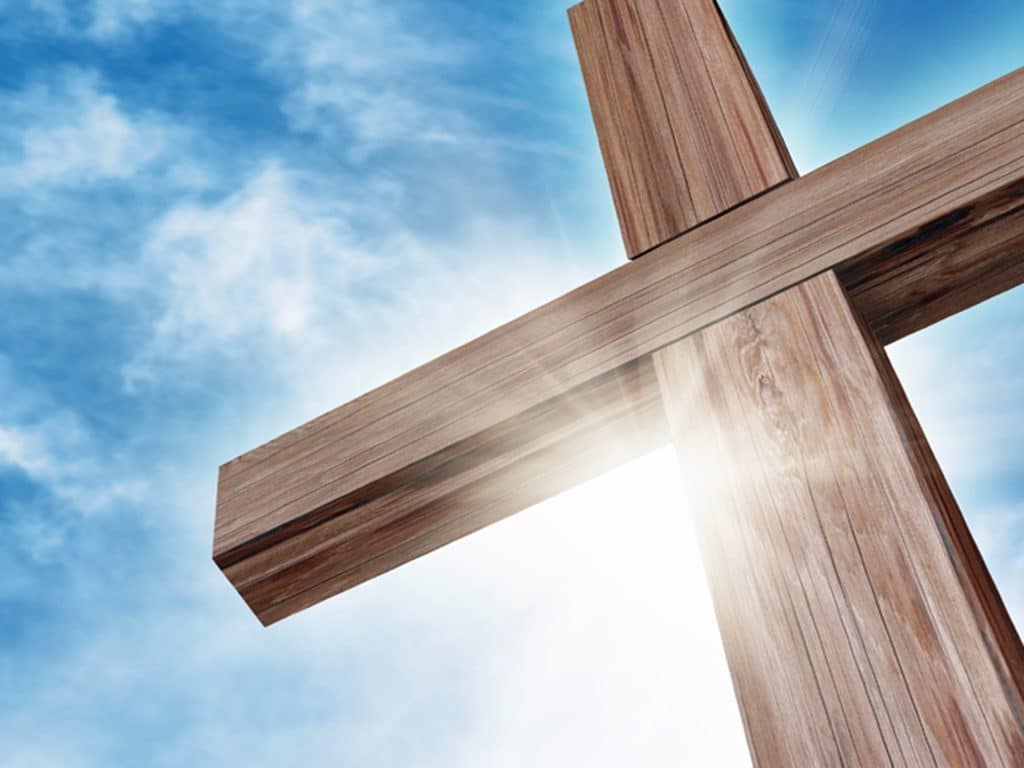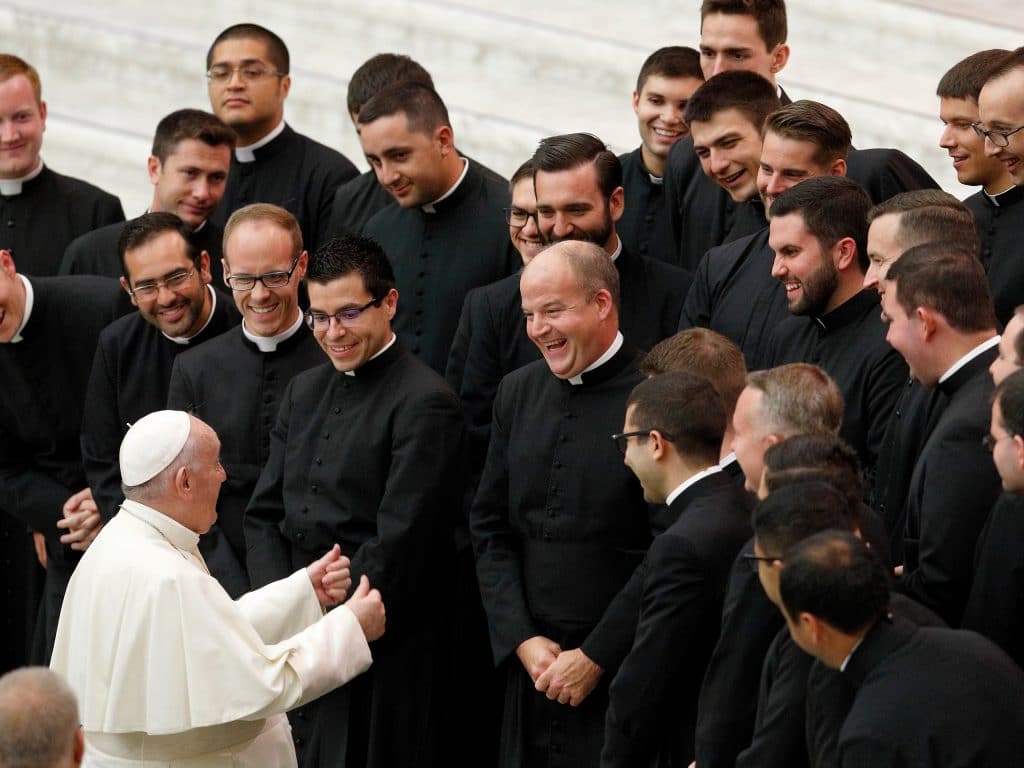On Divine Mercy Sunday, April 27, 2014, Pope Francis, with Pope Emeritus Benedict XVI present, canonized Blesseds John XXIII and John Paul II in St. Peter’s Square. An estimated 500,000 people attended the Canonization Mass, while approximately 300,000 others viewed the ceremony via large video screens erected throughout Rome.
As a very recent pope, St. John Paul II — both his person and Petrine ministry — continues to attract attention around the world. His lasting legacy is none other than the Gospel of Jesus Christ to which he always strove to remain faithful.
In his homily during the canonization, Pope Francis said: “In his own service to the people of God, St. John Paul II was ‘the pope of the family.’ He himself once said that he wanted to be remembered as the pope of the family.”
For someone today, 10 years after the canonization, who wishes to become more familiar with St. John Paul, then the writings of this pontiff, voluminous and multifaceted as they are, are an excellent way to start. Many theologians and spiritual writers have attempted to identify and further explain the numerous contributions, on so many levels, that St. John Paul made in his writings.
But a good place to begin is with the above quotation from Pope Francis: “ … St. John Paul II was ‘the pope of the family.’ ”
Desiring to do all he could to promote and defend the family, St. John Paul, in his 1981 apostolic exhortation, “Familiaris Consortio,” offered a valuable definition: “The family, which is founded and given life by love, is a community of persons: of husband and wife, of parents and children, of relatives. Its first task is to live with fidelity the reality of communion in a constant effort to develop an authentic community of persons (18).”
Painfully aware that the family is under constant, withering attack by various hostile forces, St. John Paul reasserted the church’s perennial insistence that each human life is sacred and deserving of protection. In his 1995 encyclical, “Evangelium Vitae,” the bishop of Rome declared: “Even in the midst of difficulties and uncertainties, every person sincerely open to truth and goodness can, by the light of reason and the hidden action of grace, come to recognize in the natural law written in the heart (cf. Rom 2:14-15) the sacred value of human life from its very beginning until its end, and can affirm the right of every human being to have this primary good respected to the highest degree. Upon the recognition of this right, every human community and the political community itself are founded (2).”
Every family and every individual must welcome Jesus Christ with joy and in humble obedience if authentic contentment and perfection are to be attained. The 1987 encyclical, “Redemptoris Mater,” provided the setting for St. John Paul’s exploration of the response of the Mother of God to the Archangel Gabriel at the Annunciation: “Mary uttered this fiat in faith. In faith she entrusted herself to God without reserve and ‘devoted herself totally as the handmaid of the Lord to the person and work of her Son.’ And as the Fathers of the church teach, she conceived this son in her mind before she conceived him in her womb: precisely in faith. Rightly therefore does Elizabeth praise Mary: ‘And blessed is she who believed that there would be a fulfillment of what was spoken to her from the Lord.’ These words have already been fulfilled: Mary of Nazareth presents herself at the threshold of Elizabeth and Zechariah’s house as the Mother of the Son of God. This is Elizabeth’s joyful discovery: ‘The Mother of my Lord comes to me’ (13).”
The writings of St. John Paul II point to a secure path to Christ. Families and individuals will find in this “lasting legacy” light and comfort for the pilgrimage to heaven.
Msgr. Mangan is on the faculty of Mt. St. Mary’s Seminary in Emmitsburg, Md.



Christ commands us to love